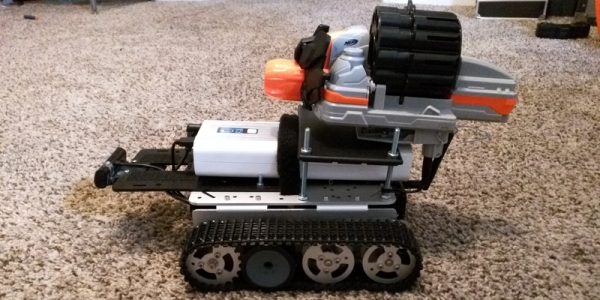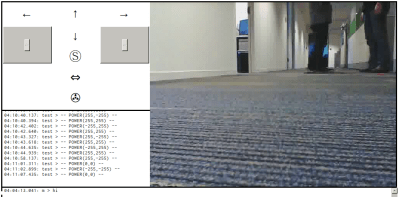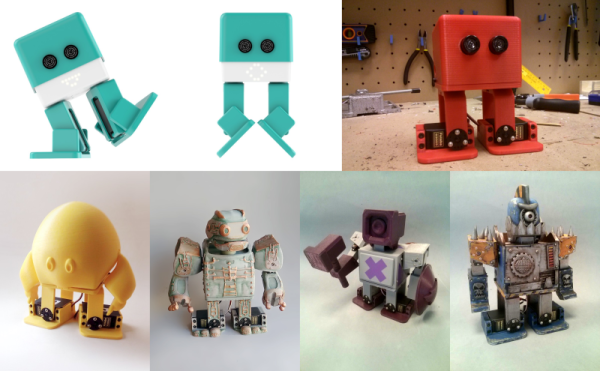At the Lifelong Learning Robotics Laboratory at the Erasmo Da Rotterdam in Italy, robots are (not surprisingly) used to teach all of the fundamentals of robotics. [Alessandro Rossetti] and the students at the lab have been at it for years now, and have finally finished their fifth generation of a robot called Nessie. The big idea is to help teach fundamentals of programming and electronics by building something that actually uses these principles.
The robot is largely 3D printed and uses an FPGA to interact with the physical world through a set of motors and sensors. The robot also uses a Raspberry Pi to hold the robot’s framework. The robot manages the sensors in hardware with readers attached to the CPU AXI bus. The CPU reads their values from memory space, though, so the robot is reported to be quite quick.
The lab is hoping to take their robot to a robotics competition in Bari, Italy. We hope that they perform well there, since we are big fans of any robot that’s designed to teach anyone about robotics and programming. After all, there are robots that help teach STEM in Africa, robots that teach teen girls about robots, and robots that teach everyone.

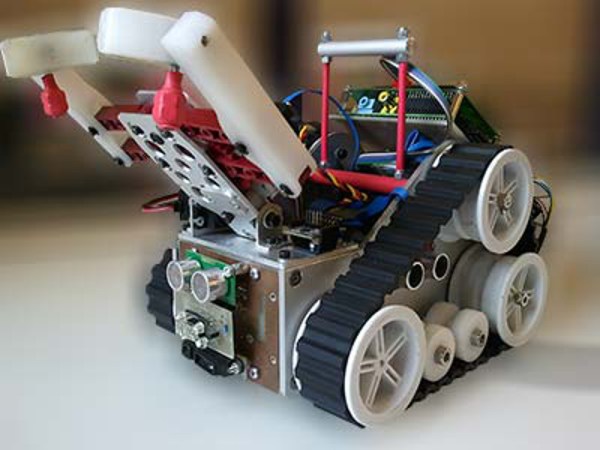

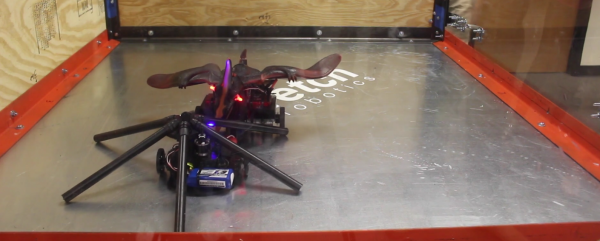
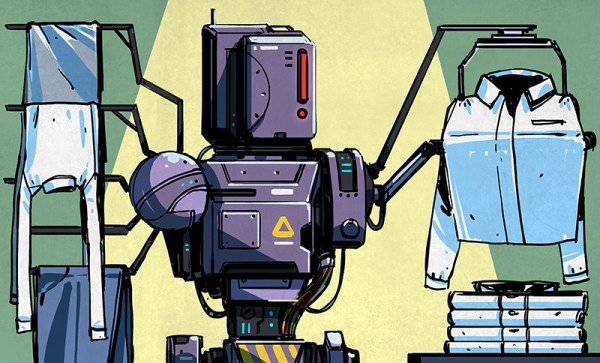
 “This is the year of the general purpose home robot!” “2016 is going to be for robots like 1976 was for the home computer!” The problem with statements like those is the fact that we’ve been hearing them since the 1970’s. General purpose home robots still have a long way to go. Sure, we’ve got Roomba, we’ve even got self-driving cars. But we don’t have Rosie from the Jetsons. And while I don’t think we’re going to get to Rosie for a while, there are some simple challenges that can spur development in that direction. One need look no further than one’s own laundry room.
“This is the year of the general purpose home robot!” “2016 is going to be for robots like 1976 was for the home computer!” The problem with statements like those is the fact that we’ve been hearing them since the 1970’s. General purpose home robots still have a long way to go. Sure, we’ve got Roomba, we’ve even got self-driving cars. But we don’t have Rosie from the Jetsons. And while I don’t think we’re going to get to Rosie for a while, there are some simple challenges that can spur development in that direction. One need look no further than one’s own laundry room. Using machines to wash and dry laundry isn’t a new concept. Washers and dryers have become commonplace enough that we don’t think of them as robots. Hamilton Smith patented the rotary washing machine in 1858. Maytag has had home machines available for nearly 100 years. Many of the early machines were powered by gasoline engines, as electricity wasn’t common in rural farmhouses. Things have improved quite a bit since then! From the dryer we transfer our laundry to a basket, where it has to be folded. It is this final step that cries out for a homemaking automaton to take this chore out of Everyman’s hands.
Using machines to wash and dry laundry isn’t a new concept. Washers and dryers have become commonplace enough that we don’t think of them as robots. Hamilton Smith patented the rotary washing machine in 1858. Maytag has had home machines available for nearly 100 years. Many of the early machines were powered by gasoline engines, as electricity wasn’t common in rural farmhouses. Things have improved quite a bit since then! From the dryer we transfer our laundry to a basket, where it has to be folded. It is this final step that cries out for a homemaking automaton to take this chore out of Everyman’s hands.
